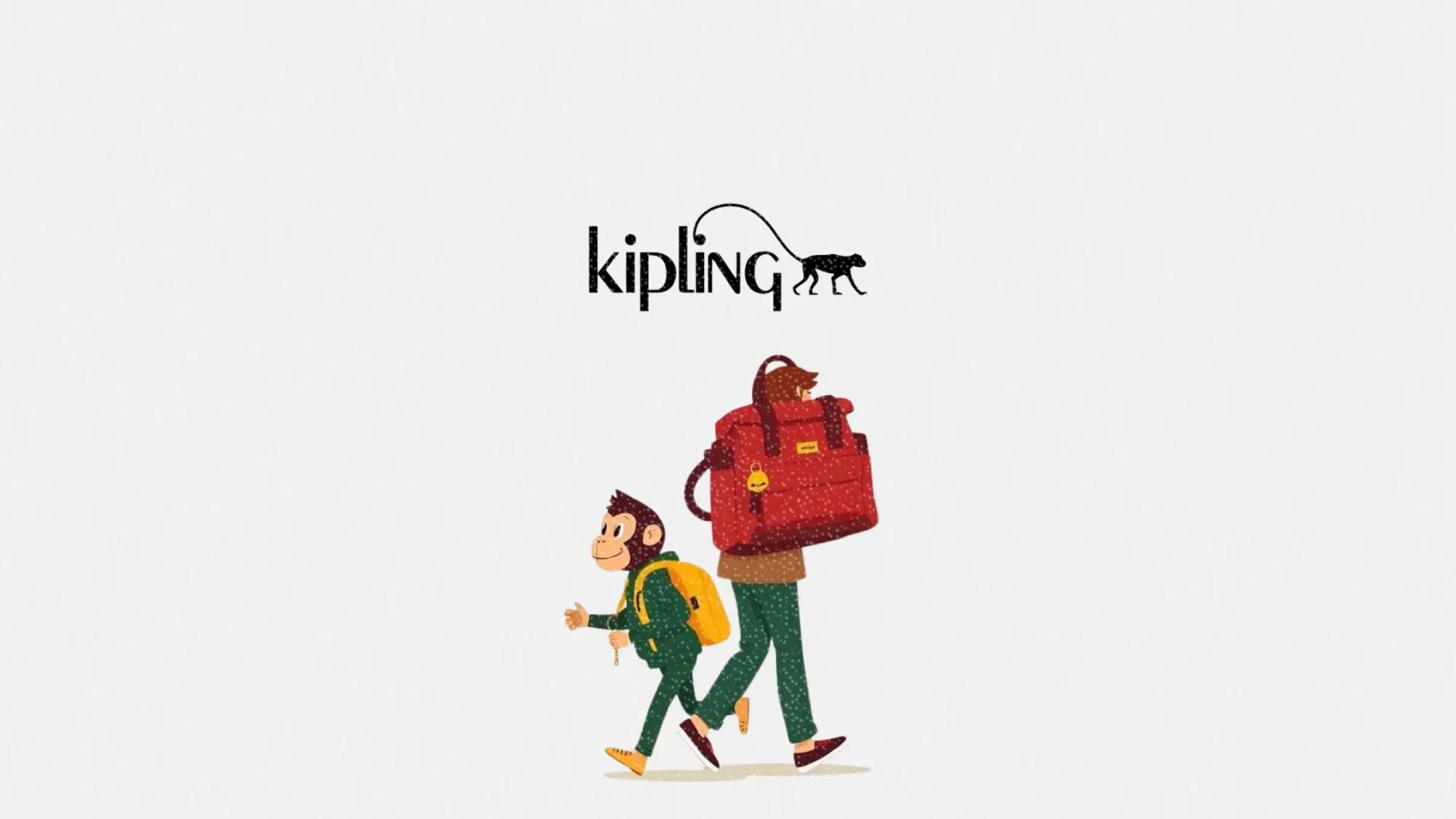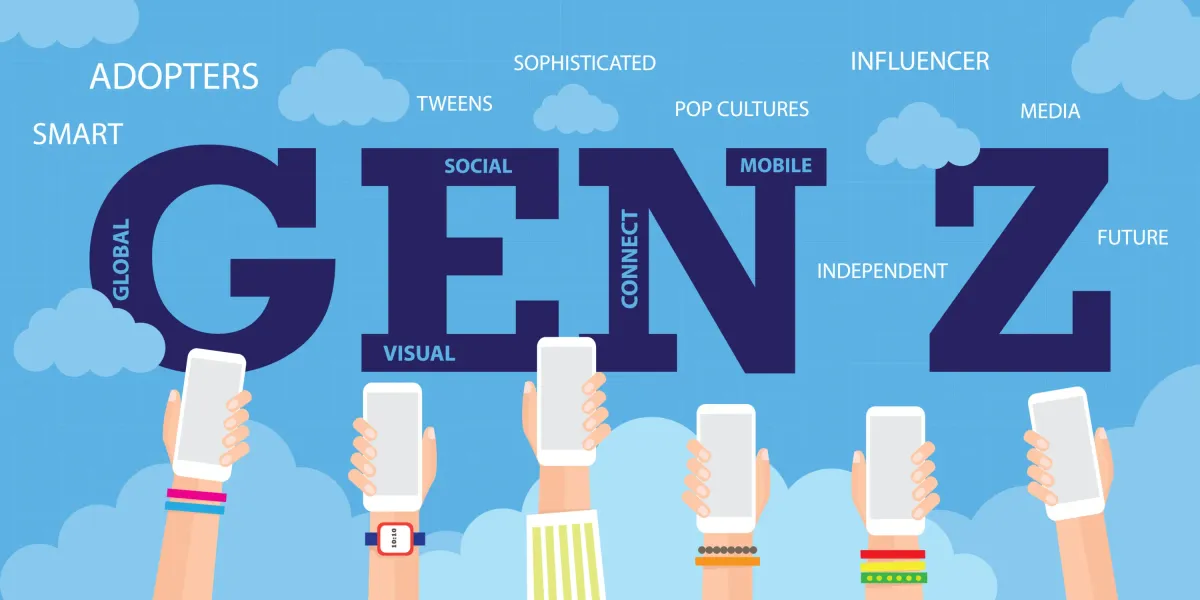Kipling leans into playful branding with new monkey-led campaign
Kipling’s latest campaign taps into its iconic monkey to drive brand emotion and spontaneity

Kipling is leaning hard into playfulness this season. With its FW25 collection, the brand is rolling out “Follow your monkey,” a new global campaign that puts its iconic monkey mascot front and center. Not just as a keychain, but as a core branding character.
This article explores how Kipling’s campaign leans into emotional branding, what it signals about brand revitalization in retail, and how marketers can learn from the brand’s efforts to turn its most recognizable asset into a driver of spontaneous storytelling.
Short on time?
Here is a table of content for quick access:
- What happened: a monkey-led movement
- Why this matters: playful branding with strategic intent
- What marketers should know

What happened: a monkey-led movement
Kipling’s latest global push opens with a spirited short film. A young traveler hops into a taxi, luggage in tow, with Kipling’s signature monkey keychain catching the eye of the driver. What starts as a quirky reaction soon spreads like contagion. Pedestrians, cyclists, and other drivers mirror the monkey’s mischievous energy as the taxi weaves through the city.
The campaign culminates in a cheeky twist. After the traveler meets up with friends, all with their own monkey-tagged bags, the taxi driver drives off with a sly wink, having “borrowed” the monkey keychain. The moment reinforces the campaign’s theme: go with your gut, have fun, and don’t take life too seriously.
“Follow your monkey” is more than just a tagline. It positions the monkey as a brand ambassador of spontaneity, reinforcing Kipling’s ethos of lighthearted adventure and on-the-go living.
Playful branding with strategic intent
Kipling’s monkey isn’t new, but this campaign represents a strategic elevation of the mascot into something emotionally resonant. By anthropomorphizing the keychain as an impulse to follow, Kipling is tapping into emotional branding. It’s a technique many lifestyle and fashion brands are doubling down on as audiences increasingly seek relatability over aspiration.
This is especially relevant in travel retail and accessory categories, where the challenge isn’t just selling a product but embedding it into movement, spontaneity, and self-expression. By turning the monkey into a character with agency, Kipling transforms a passive brand icon into a narrative device.
What marketers should know
Marketers looking to elevate brand assets or reinvigorate aging mascots can take several cues from Kipling’s campaign:
1. Reposition legacy assets through emotion, not nostalgia
Kipling didn’t just bring back the monkey. It recontextualized the mascot into a modern-day spirit guide for fun. The emotional hook isn’t the keychain itself. It’s the feeling it triggers. For brands with long-standing icons, consider how they can evolve to reflect a more active role in the consumer’s story.
2. Integrate product and character naturally
The monkey keychain remains physically present on each product in the FW25 collection, but the campaign goes further by weaving it into the storyline. It’s not just merch. It’s a trigger for connection. This integration helps avoid gimmick territory and keeps the campaign grounded in real-world utility.
3. Use short-form film to fuel organic storytelling
The hero film’s city journey format works well for virality. It’s modular, replicable, and invites user-generated riffs. Whether you're marketing luggage or software, campaigns that embed narrative structure into motion-focused formats can amplify shareability without feeling scripted.
4. Brand personality can travel, literally
Kipling’s move is part of a broader return to global travel retail. After reentering the market last year with “Guess who’s back,” the brand is now anchoring that expansion with personality-first storytelling. For marketers, this is a reminder: brand tone and voice need to show up wherever the brand moves, not just online.
By turning its mascot into the star of a global campaign, Kipling is doing more than pushing bags. It’s pushing emotion, movement, and a brand story people can instantly recognize and share.
Marketers watching legacy brands evolve should take note. Sometimes the best way forward is to reimagine what’s already in your pocket.




